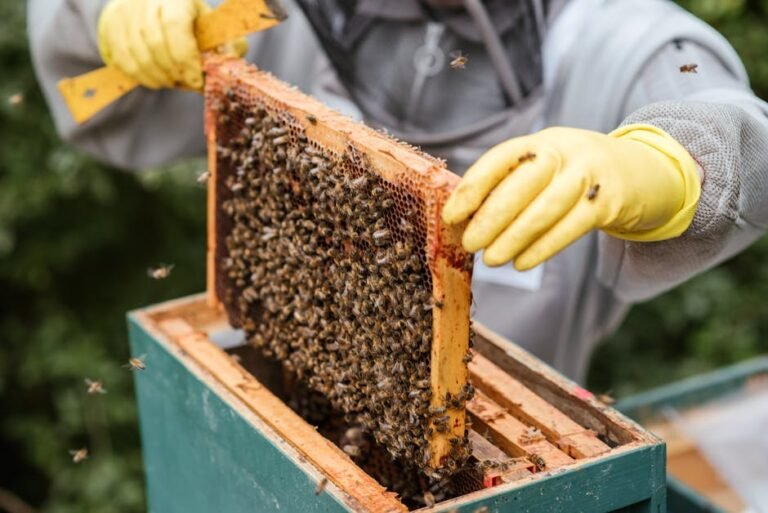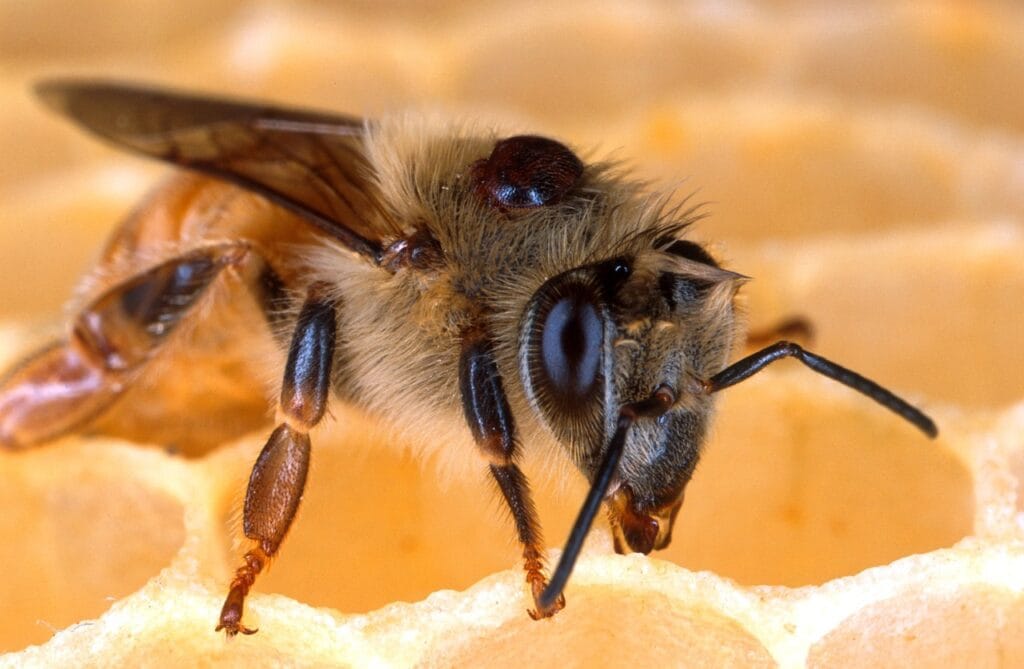There’s a fine line between beginner and advanced and that line ofton gets blured
Getting Started Using Advanced Beekeeping
Beginners can approach advanced beekeeping techniques by building on their fundamental hive management skills and gradually experimenting with new methods, such as queen rearing, integrated pest management, technology-enhanced monitoring, and hive expansion strategies.[1][2]
Advanced beekeeping starts when a hobbyist is comfortable managing a healthy hive, harvesting honey, and is ready to take on more challenging projects for better colony health or productivity. Some accessible steps for beginners include:[2][1]
- Queen Management: Learn to identify and replace old or failing queens with young, healthy ones. Practice locating the queen during inspections and understand basic queen rearing methods as experience grows.[3]
- Splitting Hives (Colony Multiplication): Once confident, create “nucs” (small colonies) or split larger hives using simple double-screen methods. This helps manage swarms and increases the number of colonies you have.[1][2]
- Hive Expansion: Gradually add new hives as your skills and resources allow, but avoid overextending—two hives may be plenty for a hobbyist, while advanced practitioners might tend dozens.[2][1]
- Integrated Pest Management (IPM): Start monitoring for pests like Varroa mites. Try simple cultural controls such as drone brood removal and progress to rotating treatments to prevent resistance.[4]
- Hive Monitoring Technology: Use scales or temperature monitors to track hive health remotely if possible. These tools provide early warnings of problems, such as swarming or declining productivity.[4]
- Experimentation and Documentation: Keep a beekeeping diary or notebook to track your experiments and progress. Document what works and what doesn’t.[1][2]
Beginners should continue learning from experienced beekeepers, join local associations, and reference reliable resources as they explore advanced methods.
It’s important to progress step-by-step: select techniques that fit your interests and colony needs and master them thoroughly before moving on.[2][1]
Be sure to visit our Advanced Techniques category for more articles about advanced beekeeping techniques.
⁂
- https://www.extension.purdue.edu/extmedia/4h/4-h-593-w.pdf
- https://extension.purdue.edu/news/county/blackford/2020/10/_docs/4-H-593-W.pdf
- https://www.youtube.com/watch?v=D7kf2dAtWEM
- https://blythewoodbeecompany.com/blogs/news/the-ultimate-guide-to-beekeeping-a-comprehensive-journey-from-novice-to-mastery



